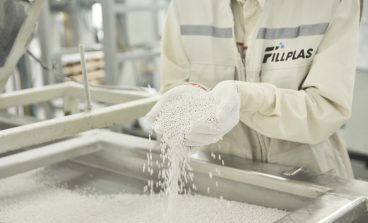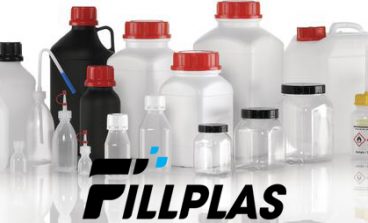
WHAT ARE PLASTIC FILM?
Often when people talk about plastic films — which technically are defined as plastic sold in thicknesses of up to 10 mils (One mil is equivalent to one one-thousandth of an inch) — they treat them as one type of material, grouping all flexible plastic packaging into a single category. What they do not realize is that plastic films compose a broad category of materials that can be relatively simple or complex depending on the demands of a particular product or package.
Alike plastic bottles and containers, the film can be made with different resins, each of which has a unique combination of properties that makes it ideal for certain applications. For example, low-density polyethylene (LDPE) film acts as a gas barrier, which is necessary for packaging such things as chicken, which would quickly spoil if exposed to oxygen. Polyvinyl chloride (PVC) film, on the other hand, is gas permeable and necessary for packaging such things as red meat, which require a small amount of oxygen inside the package in order to remain fresh.
The plastic film also can be clear or colored, printed or plain, single – or multilayered and combined with other materials such as aluminum and paper. Thus, the only thing that all plastic film really has in common is that it is flexible in nature, as used in grocery bags, as opposed to rigid, as used in soft drink bottles and butter tubs.
HOW MUCH PLASTIC FILM IS THERE?
While it is hard to define plastic film, it is even more difficult to quantify how much of it is used in packaging and nonpackaging applications. That is primarily because of the way that data are reported. For example, trade organizations and major publications rarely separate the film from other types of plastic (such as rigid packages), and if they do, the level of detail available on film usages, such as breakdowns by use in food and nonfood packaging, is not consistent across resin types. For that reason, obtaining accurate and complete data on film is a rather arduous task.
Perhaps the best data currently available on film generationon are compiled by The Society of the Plastics Industry, Inc. (SPI), which shows that 10,375 million pounds of resin were sold domestically into film applications in 1994 (see Exhibit 1). Interestingly, the polyethylene (PE) family accounts for approximately 86 percent of the resin sold and reported on in that year: Linear low-density polyethylene (LLDPE) composed 36.6 percent of the resin sold into film applications, LDPE accounted for 34.8 percent and high-density polyethylene (HDPE) accounted for 15 percent. The remaining 14 percent of plastic film was made from polypropylene (PP) at 8.9 percent, PVC at 3.7 percent and nylon at 1 percent.
Even these data, however, are problematic for several reasons. First, figures on film in certain resin categories are reported in combination with other forms of plastic. For example, SPI data include only one number for both PVC film and sheet. (PVC sheet, which is thicker than PVC film, is semirigid and can be thermoformed into such packages as blister packs, cookie and cracker trays and other types of trays and cartons for food and nonfood applications.) Similarly, the data show only one number for both nylon film and coating.
Second, SPI data do not include information on the amount of polyester (PET) or ethylene-vinyl acetate (EVA) sold into film applications, even though they are commonly used to make film. The only data available on these two resins come from Modern Plastics, which found that in 1995, 680 million pounds of PET were sold into general film applications, 102 million pounds of PET were sold into magnetic recording film applications and 725 million pounds of EVA were sold into film applications. Because Modern Plastics derives its figures differently from SPI, the two should not be used together to make calculations about total film generation. The Modern Plastics data do, however, give some idea of the magnitude of use of these resins to make film.
Third, the level of data available on different film resins varies considerably. For example, as you will see later in this report, only polyethylene films are broken down into food packaging, nonfood packaging, other packaging, and nonpackaging categories, even though we know that other resins are used in these applications. It is not clear why SPI and Modern Plastics have chosen to do this, but nonetheless, data on other film resins used in these applications simply are not available.
Finally, the data collected on film generation are problematic because neither SPI nor Modern Plastics include data on the use of polyvinylidene chloride (PVDC), ethylene vinyl alcohol (EVOH) or polystyrene (PS). All of these resins can be used to make film, although they tend to be used in very small quantities.



